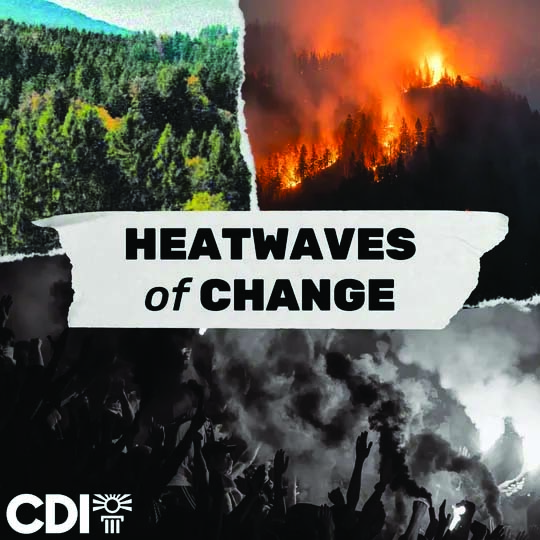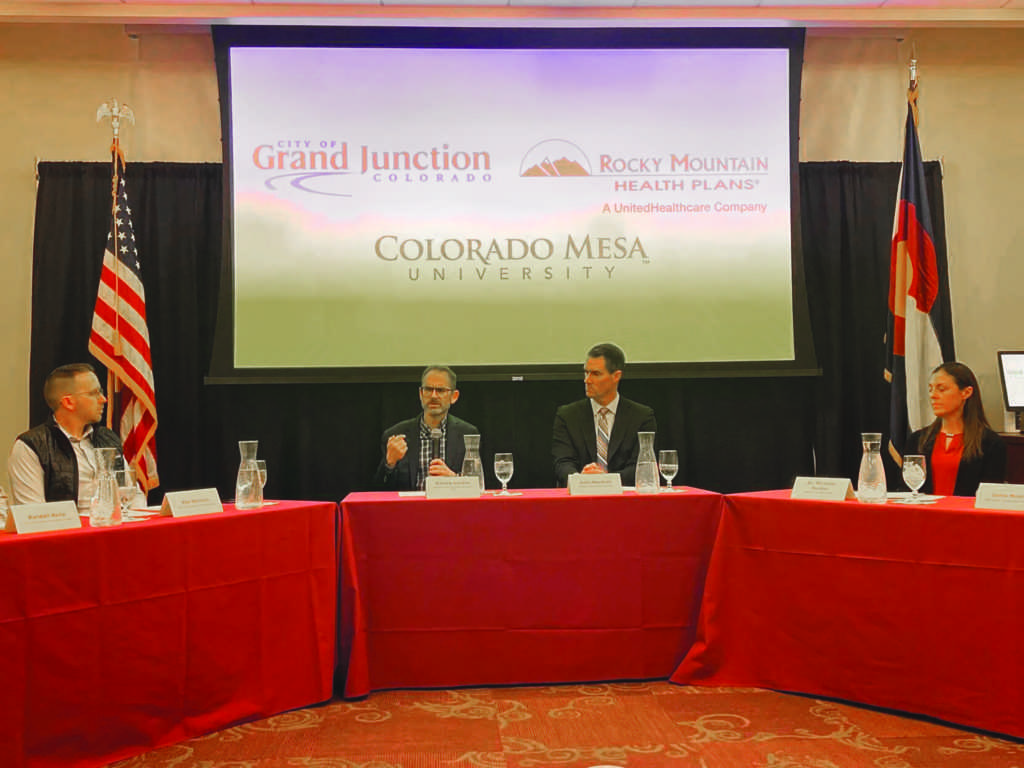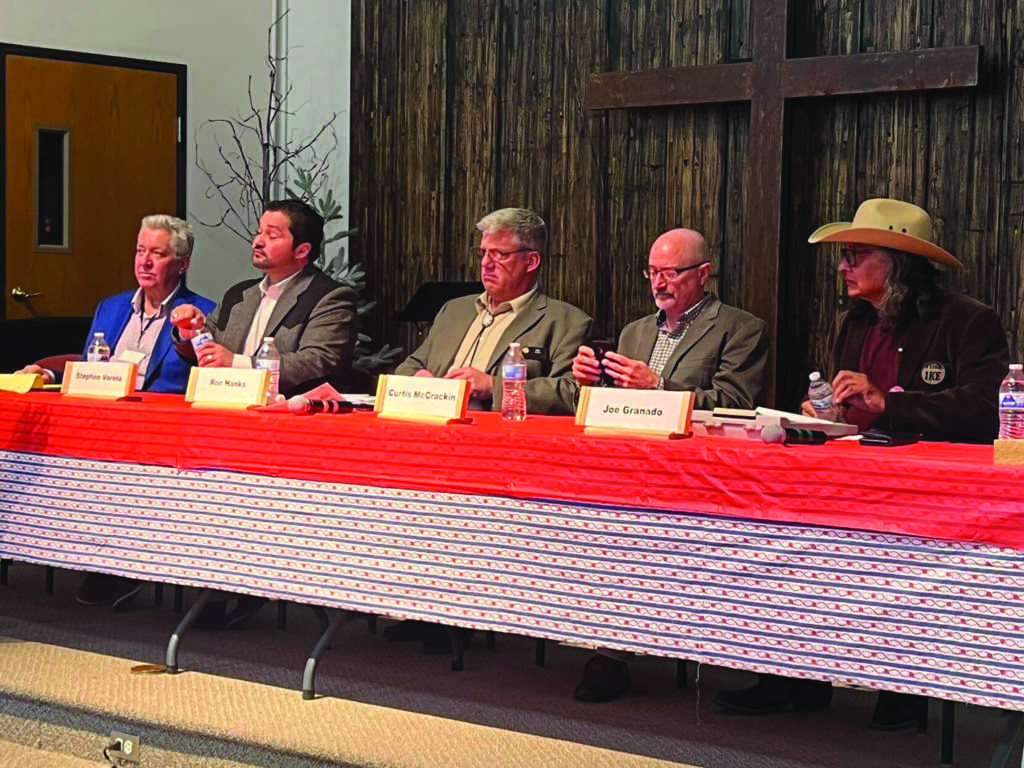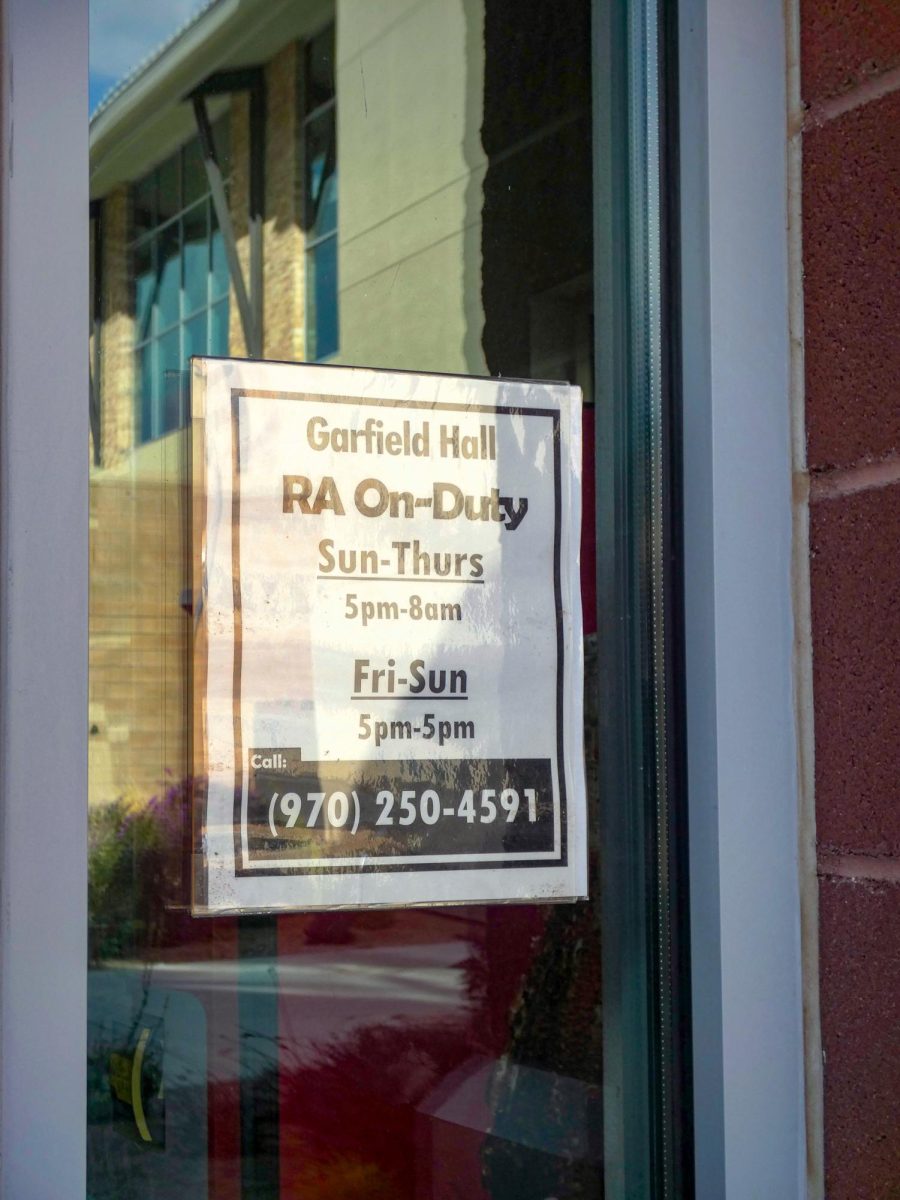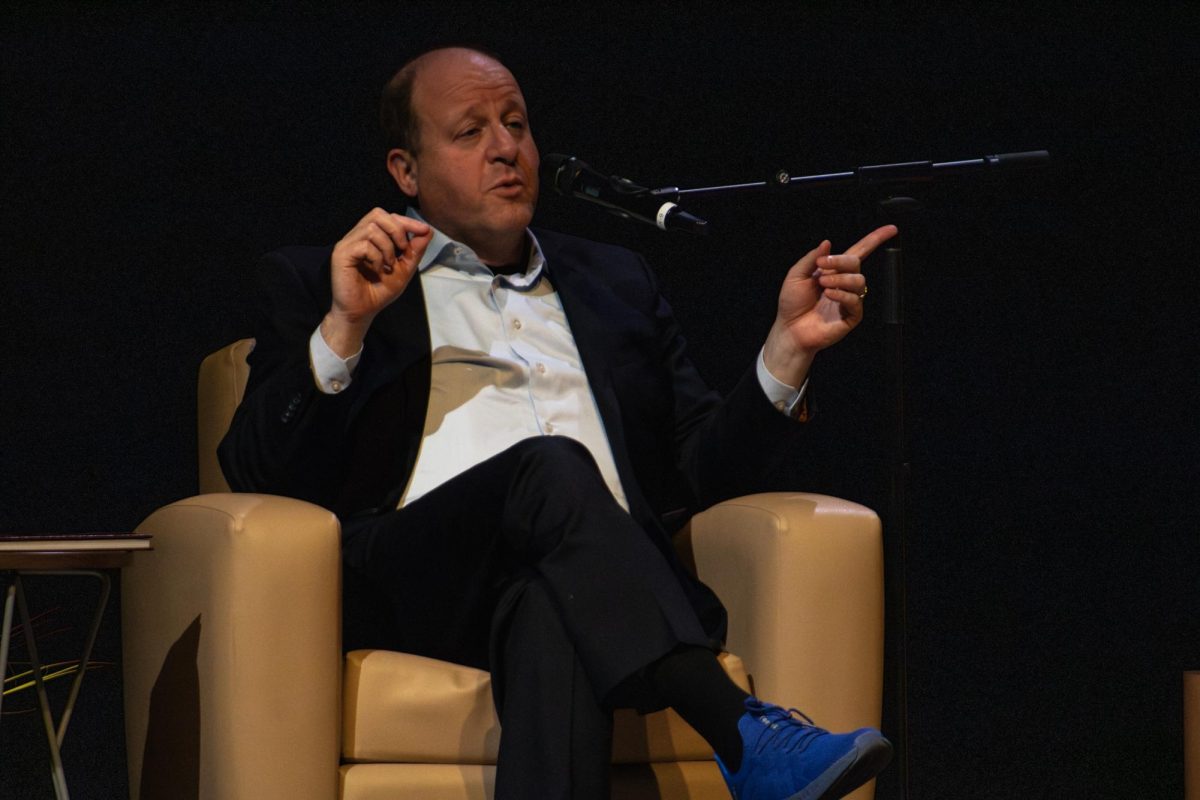The Grand Junction Police Department published Annual Report for 2017 and the results show decreasing crime rates, which disagrees with information provided by the National Council for Home Safety and Security report “The Safest Cities in Colorado 2017.”
The NCHSS report, utilizing data based upon the FBI Uniform Crime Report (UCR) statistics for Jan. 2015-June 2016, ranked Grand Junction last on the top fifty safest cities in Colorado.
The report claimed to only list cities with populations above 5,000 people, even though the FBI UCR reported their statistics based upon populations over 100,000 people. The NCHSS changed the data to create a comparative list, which the FBI UCR web page cautioned against because “comparisons lead to simplistic and/or incomplete analyses that often create misleading perceptions, adversely affecting communities and their residents.”
The GJPD report is published as “part of an ongoing effort to be transparent to our community. Sometimes, it can also serve as a tool to help us plan for resource deployment in the coming year,” GJPD spokesperson Heidi Davidson said.
The GJPD report shows slight increases in areas such as aggravated assault, burglary, child abuse and harassment and drug violations. However, the report contrasts with the idea that Grand Junction is an unsafe city, reporting decreases in homicide by 33 percent, prostitution by 57 percent, public indecency by 41 percent and private property accidents by 44 percent.
While total violent crime saw a four percent increase in 2016 with 286 cases, property crime decreased by four percent. Overall, violent crime and property crime together saw a three percent decrease over the last year.
According to the GJPD report, the police made 5,410 arrests in 2016 and of those, 30 percent were for felonies and 70 percent were for misdemeanor crimes.
“We can’t necessarily take credit for decreases. Some of these crimes, like homicide, are difficult to predict and prevent,” Davidson said. “Other than community engagement that encourages people to talk to us and report criminal activity that might allow us the opportunity to intervene in a situation we otherwise wouldn’t know about, some numbers aren’t an indication of success or failure on the part of law enforcement.”
While these decreases may be due to external factors besides law enforcement efforts, GJPD Chief Mike Nordine spoke of a shift in policing strategy that “addresses crime on a more macro level.” Davidson said this “means evaluating trends in the community as a whole, across jurisdictional boundaries, using ongoing crime analysis, addressing trends, rather than just individual incidents.”
[media-credit id=2 align=”alignleft” width=”300″] [/media-credit]
[/media-credit]
In 2016, the GJPD began focusing on targeted crime areas and projects with the help of a new full-time crime analyst. Small-scale projects were tested at first and beginning in 2017, this shift in policing was initiated on a larger scale.
“An analysis of crime trends in the past five years revealed a clear spike in the area of our local university at the start of the school year,” Nordine said in the GJPD report, using Colorado Mesa University as an example in his message of explaining the new policing.
“Based on that data, the area of North Avenue to Walnut Avenue, and N. 7th Street to N. 15th Street was designated as a project area for five weeks in August and September. Through proactive policing, officer initiated contacts, increased foot patrol and visible presence, we saw a 42.6 percent reduction in weekly reported crime in the area compared to the five year average,” Nordine said in the report. “Disorderly conduct reports were reduced by 69 percent. In August, foot patrol in the area increased by an astounding 232 percent over the previous year.”
While this example was used as an implementation of the new policing style, the increased police presence around campus had a set period of time and increased policing in the area decreased after it’s five week period ended. Nordine promoted this change in policing, as a great success, allowing “law enforcement [to] intervene earlier and more effectively, solving crime as a community, rather than as individual agencies.”



